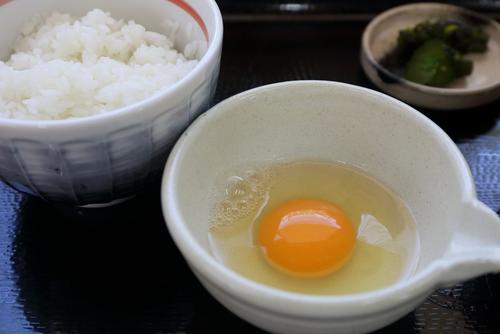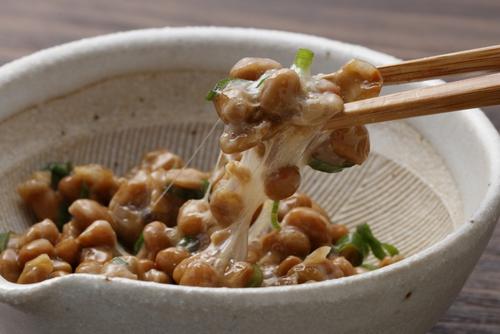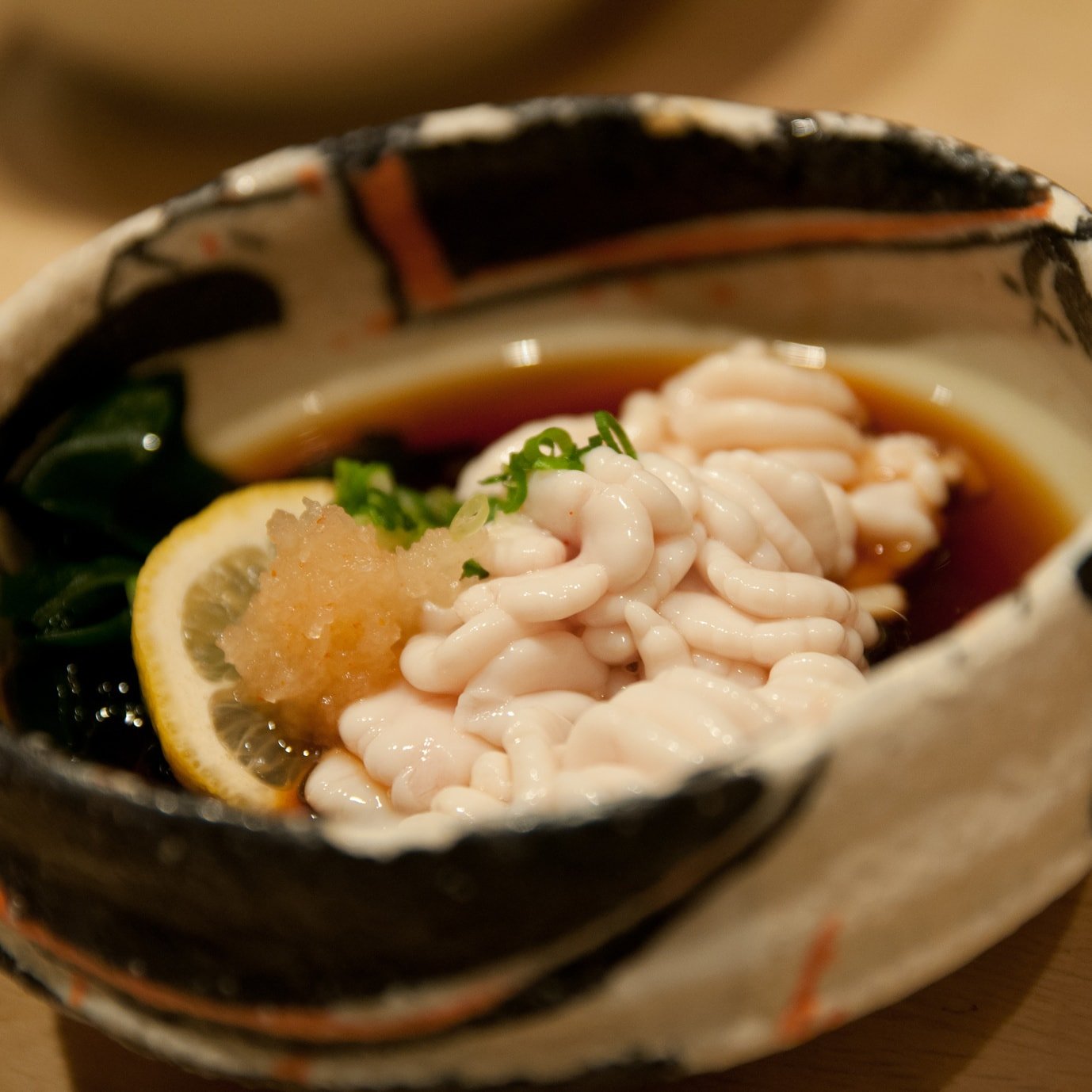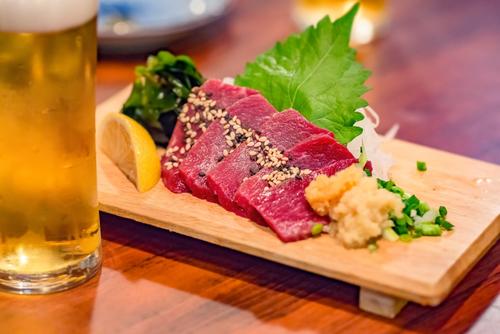For us Japanese, escargot, a French dish made from cooked snails, is something of a novelty.
However, naturally, there are some Japanese foods that foreigners find surprising.
So, what exactly is this food that is unique to Japan?
Here we will introduce Japanese foods that surprise foreigners and foods that are unique to Japan.
raw egg

One of the most uniquely Japanese foods that surprises foreigners is raw eggs.
"Tamago kake gohan" is a dish made by mixing raw egg and soy sauce and putting it on top of freshly cooked warm rice. It is a standard breakfast dish at Japanese inns and is loved by many Japanese people.
However, foreigners may feel scared of eating raw eggs because they fear there is a risk of getting food poisoning.
Of course, there are many dishes that use eggs all over the world, but dishes that involve eating raw eggs are rare in other countries.
Conversely, it could also be said that the reason we Japanese can eat raw eggs is because Japanese eggs are fresh and well-maintained in terms of hygiene.
natto

For us Japanese, natto is a staple breakfast food alongside raw eggs, but it seems that many foreigners feel uncomfortable eating natto for the first time.
Recently, "natto" seems to be widely accepted in English, but natto is generally referred to as "fermented soybeans." With its distinctive fermented food smell and sticky, stringy texture, it's easy to understand why foreigners might be hesitant to eat it at first.
However, natto is also a food that Japan can be proud of around the world, as it is packed with ingredients that are good for health and beauty, including nattokinase and vitamin B2!
wasabi

Wasabi, a perennial plant native to Japan that belongs to the Brassicaceae family, is a uniquely Japanese condiment that is indispensable when eating Japanese food such as sushi and sashimi.
Even for us Japanese, if we eat a lot of wasabi in one go, we sometimes feel a sharp tingle and end up crying.
Because wasabi is a food native to Japan, many foreigners have no idea what it tastes like at first, and end up eating too much of it, resulting in a "disaster in the mouth!"
Also, the fact that Japanese wasabi is very similar to the guacamole paste that is an essential part of Mexican cuisine could be one of the reasons why it is prone to disasters?
Milt

Did you know that shirako, which is delicious when added to miso soup, is actually fish testicles?
The main ingredients used for milt are cod, pufferfish, sea bream, and monkfish, and the taste varies depending on the type of fish.
Although shirako is rich in fat and other nutrients, it is not a food that foreigners are particularly familiar with, with some saying it "resembles a brain." There are also many cases where people can eat other uniquely Japanese foods but just can't stand shirako. Even if they know it's delicious when they try it, there may be cases where they find it difficult to eat once they first learn what ingredients it is made from.
For Japanese people, Chinese cuisine, especially Cantonese cuisine, is associated with the image of "eating anything that's edible," but even for Chinese people, shirako seems to be something special.
Horse sashimi

Basashi is a local specialty dish that is popular mainly in Nagano and Kumamoto prefectures. Horse meat, which is the main ingredient, is low in calories and high in protein compared to pork and beef, making it a nutritionally excellent food.
In particular, it contains a much larger amount of glycogen, which is quickly converted into energy in the body, than pork or beef.
Basashi is a dish in which horse meat is eaten raw, in order to prevent the nutrients contained in the meat from being lost when heated.The reason why it can be eaten raw is because horses are highly safe, as they are less susceptible to diseases such as mad cow disease, foot-and-mouth disease, and O-157, which are common in cows and pigs.
As for foreigners' reactions to horse sashimi, some say, "It's cruel to eat horse meat."
That said, Japan is not the only country that eats horse meat; it is also eaten in Switzerland, Spain, France, China, and other countries.
However, horse sashimi, which is raw horse meat, may be considered a rare food even on a global scale.
summary
The foods we have introduced here, such as raw eggs, natto, wasabi, soft roe, and horse sashimi, are foods that we Japanese can enjoy without giving it much thought.
Although it is a delicious food unique to Japan, foreigners may be surprised to see it and think, "What? You're eating that?!"
Knowing about these differences in food culture and eating habits between Japan and other countries around the world will surely be useful when interacting with students from other countries as a Japanese language teacher.
This article has been partially re-edited by KARUTA from an article originally published on "Nihongo Biyori."
Any unauthorized reproduction or use of the contents, text, images, illustrations, etc. of this website is strictly prohibited.
